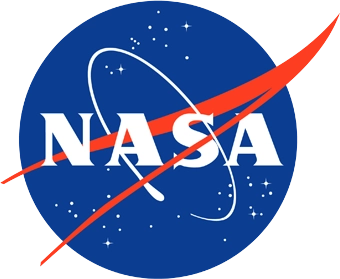September 20, 2013, 12:00 pm - 1:00 pm
September 20, 2013, 12:00 pm - 1:00 pm, Heliophysics Director's Seminar
Not everything that glitters is … a distortion
Teresa Nieves-Chinchilla (Catholic U./Code 672)
Coronal mass ejections (CMEs) are the main driver of Space Weather. Therefore, precise forecasting of their likely geo-effectiveness relies on accurate tracking of their morphological and kinematical evolution throughout the interplanetary medium. Heliospheric single view-point observations show elongated CME shapes attributed to ‘distortion’ that is not consistent with in-situ 3D flux-rope reconstructions. We propose that changes in the elongated shape of the CME projected on the plane of sky could be the evidence of masked effects of deflection or rotation. To investigate the evolution of the CME Tilt from the Sun to the Earth, we developed a method using single view point observations. If this method is successfully validated, it may have important implications for Space Weather studies.
Bi-Directional Energy Cascades and the Origin of Solar Wind Turbulence at Sub-Proton Scale
Haihong Che (NPP)
The observed sub-proton scale turbulence spectrum in the solar wind raises the question of how that turbulence originates. Observations of keV energetic electrons during solar quiet-time suggest them as possible source of free energy to drive the turbulence. Using particle-in-cell simulations, we explore how free energy in energetic electrons, released by an electron two-stream instability drives Weibel-like electromagnetic waves that excite wave-wave interactions. Consequently, both kinetic Alfvenic and whistler waves are excited that evolve through inverse and forward magnetic energy cascades.
Observations of Ion Cyclotron Waves at 1 AU
Lan Jian (UMCP/Code672)
Strong narrow-band ion cyclotron waves (ICWs) are detected sporadically in the solar wind at 1 AU. They are observed to be nearly circularly polarized, with magnetic perturbations transverse to the background magnetic field. The fluctuations propagate close to the direction of the background magnetic field. At times, these fluctuations appear as ICW storms lasting tens of minutes. Through a comprehensive survey of ICW storms at STEREO A in 2008 using dynamic spectrum and wave analysis, we have identified 241 ICW storms present 0.9% of the time in 2008. The ICW storms can be left-handed or right-handed polarized in the spacecraft frame, probably corresponding to anti-sunward and sunward propagating waves. In rare cases, the opposite polarities are observed closely in time or even simultaneously. The ICW storms are preferentially detected in the trailing part of the fast solar wind. Their occurrence rate and cumulative duration vary significantly from month to month, but they do not have the same focusing cone as the interstellar pickup He+ and Ne+, and they do not appear to have cometary or planetary sources either. Instead, the occurrence of ICW storms is correlated well with the occurrence of near-radial magnetic field, in terms of comparable time fractions and similar monthly variations, suggesting the ICWs may be ubiquitous in the solar corona and that the variable magnetic field prevents the ICWs from reaching 1 AU continuously.
